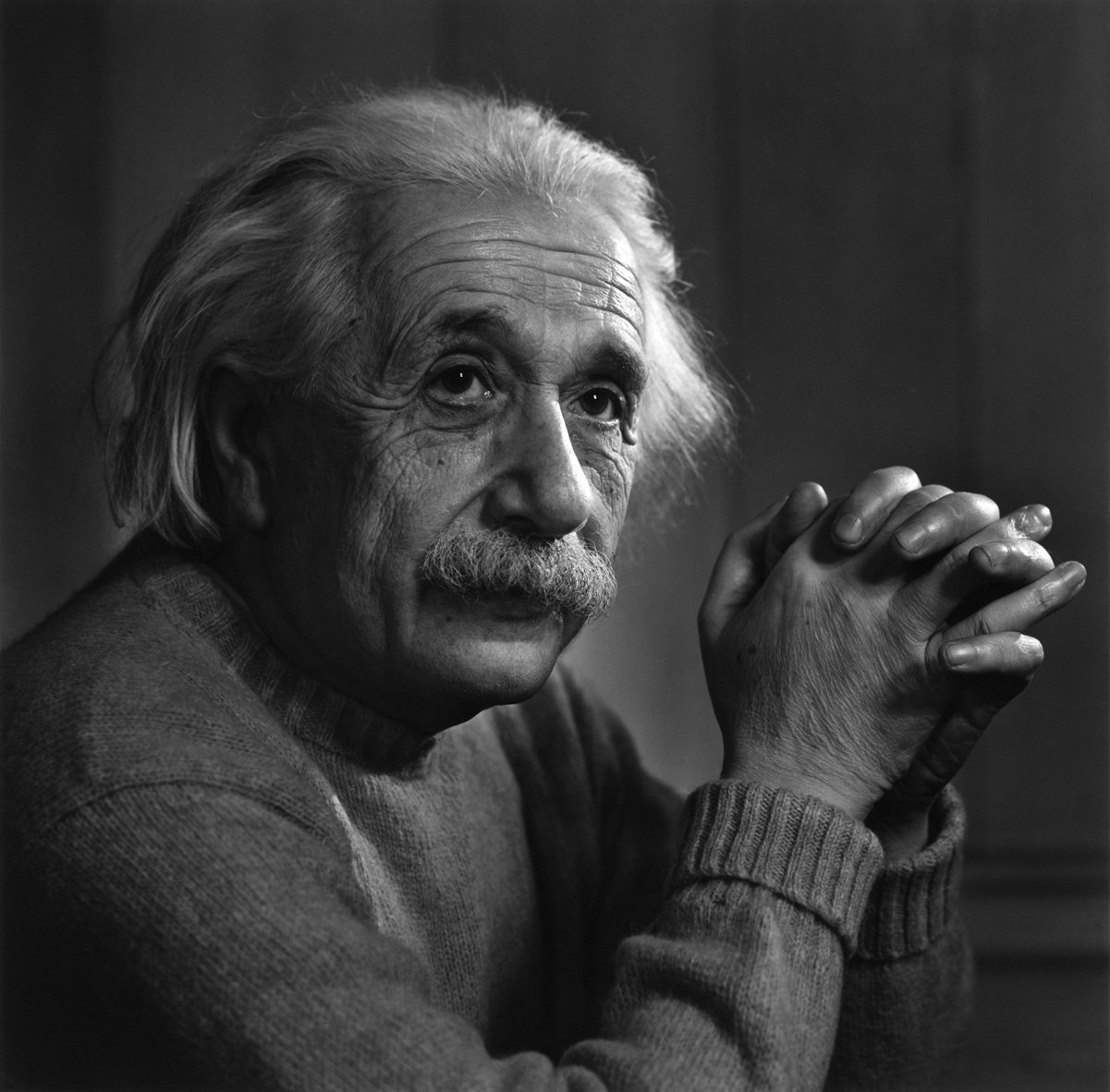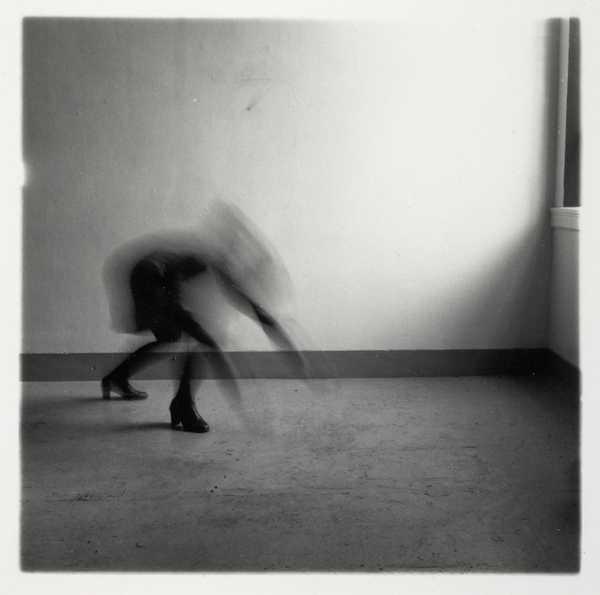Definition:
A portrait is more than just a photograph of a person—it is a representation of art that captures identity, presence, and the subject’s emotions. Portraiture is a powerful kind of visual storytelling, whether it is done with a close-up of a face, an abstract composition, or even possessions that represent unique beings.
Essence:
A portrait usually centers on a single person, emphasizing their surroundings, facial emotions, or physical characteristics. Yousuf Karsh’s dramatic black-and-white pictures of famous people highlight power and personality through light and shadow, which are classic examples. Similar to this, Steve McCurry’s well-known Afghan Girl (1984) demonstrates how an outstanding picture creates an intimate personal connection by capturing unfiltered emotion through the girl’s intense vision to the front.


“Einstein Thinking” by Yousuf Karsh, 1947 “Afghan Girl” by Steve McCurry, 1984
Selfie vs portraiture: considered?
Although they can be categorized as portraits, selfies often lack the thoughtful narrative and aesthetic considerations established in traditional portrait photography. Selfies are often more casual and spontaneous, missing the depth of carefully crafted photographs.
What makes a good portrait?
Whether it’s the subject’s face, hands, or posture, a strong portrait should have a unique focus that communicates a message or a feeling with the majority focus on the person centered. In order to highlight the subject’s personality, portraits also depend on well-considered lighting, background, and framework.
Abstract in portraits?
Portraiture isn’t limited to the basic representation of a face. In Irving Penn’s hand studies, a close-up of a hand can be as symbolic and serve as the primary subject in a portrait. Even a torn or faded image may preserve the core of a person, as seen in Francesca Woodman’s invisible self-portraits, where motion blur and distortion create a ghostly presence.


A portrait featuring only hands by Irving Penn “Finding Francesca”, Francesca Woodman